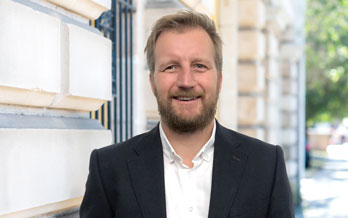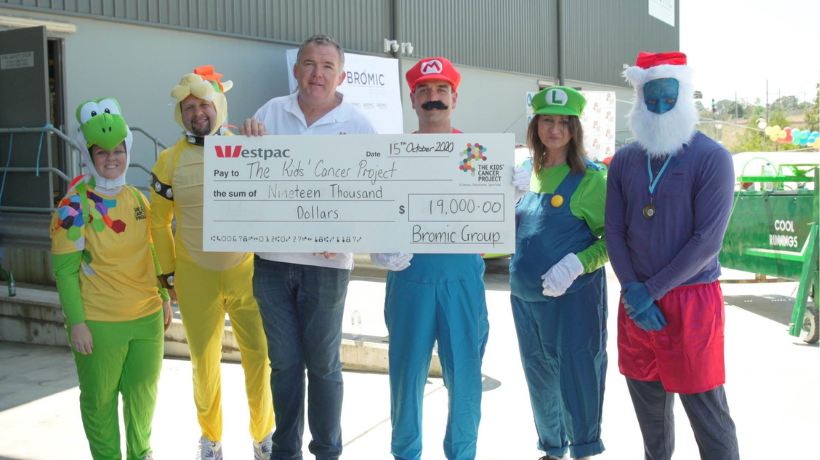
Why Bromic chose to partner with national charity, The Kids’ Cancer Project
"Bromic has been associated with The Kids' Cancer Project now for four years. Our association started with Bromic’s desire and commitment to contribute more deeply to the greater community. Bromic has a family style culture where people are important. The most important thing to any family is children and so when we looked at charity work which aligned with our beliefs, we found The Kids’ Cancer Project. We were then truly touched by Col’s story and his tireless work to get the charity started and to help kids with cancer….and so our relationship began."
- Scott Smith, Managing Director, Bromic Group
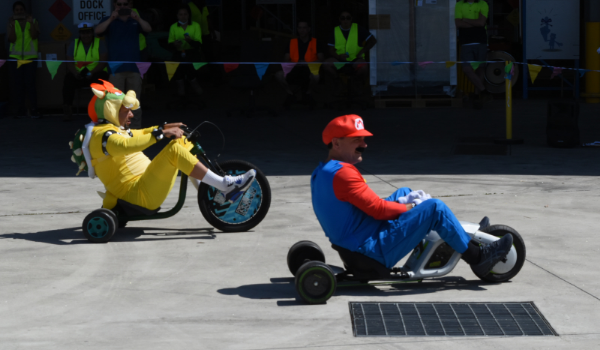
Why Bromic continue to support The Kids’ Cancer Project
Bromic believe children are the future and therefore value the impact bold scientific research will have to bring about a 100% survival of all 950 children who are diagnosed every year.
Who are Bromic?
The Bromic Group innovate, engineer, manufacture and distribute a whole range of products from heating and refrigeration to plumbing and gas. All operating from their state-of-the-art hub in Sydney.
Key challenges
COVID didn’t curb Bromic’s desire to give back to the community. A key objective for their fundraising activity in 2020 was to maintain the community spirit among employees, suppliers and customer partners.
It was vital to hit all the pre-pandemic KPIs for the event. It must involve teamwork, it must engage the Bromic employees, customers and suppliers with the core purpose of The Kids Cancer Project – to support bold scientific research and to see a 100% survival rate for kids with cancer.
How staff and stakeholders were engaged
On 15 October 2020 Bromic ran their first ever Go Kart Derby. Four teams were tasked to build a Go Kart powered by natural propulsion and made using only recycled materials found on site. Winners were judged on three criteria; finishing position, showmanship and creativity. But most importantly, the more money each team raised, the better starting position they get on race day!
Scott Smith, Managing Director from Bromic and Owen Finegan, CEO of The Kids’ Cancer Project posted motivational videos in Super Mario Brothers costumes to further engage all participants and their supporters.
Results of partnership with The Kids’ Cancer Project
Bromic’s fundraising goal of $10,000 was surpassed to reach $19,000 - a testament to a strong belief in the cause by all who participated.
As a matching partner with The Kids’ Cancer Project, Bromic’s impact was multiplied to fund even more scientific research. Every dollar raised was doubled by the charity’s community and invested in projects collaboratively funded with the Federal Government and other funding partners.
Bromic achieved their goal to make a positive impact in the community by giving families affected by children’s cancer the greatest hope.
Get in touch
With thanks to the support of our partners we can continue to fund vital childhood cancer research. Contact our team today to see how we can work together.
Latest News & Stories
.jpg?width=4096&height=2160&ext=.jpg)
How questions at the clinic led Emmy on a worldwide search for answers

Leaving a gift in my Will: Thoughtful pragmatism

Christmas for a Cure 2025: Record crowd commits to childhood cancer research in fine festive fettle

Celebrating our swimmers making waves for childhood cancer research

2026 and beyond: Research

Global brain cancer trial to open for children in Australia and New Zealand
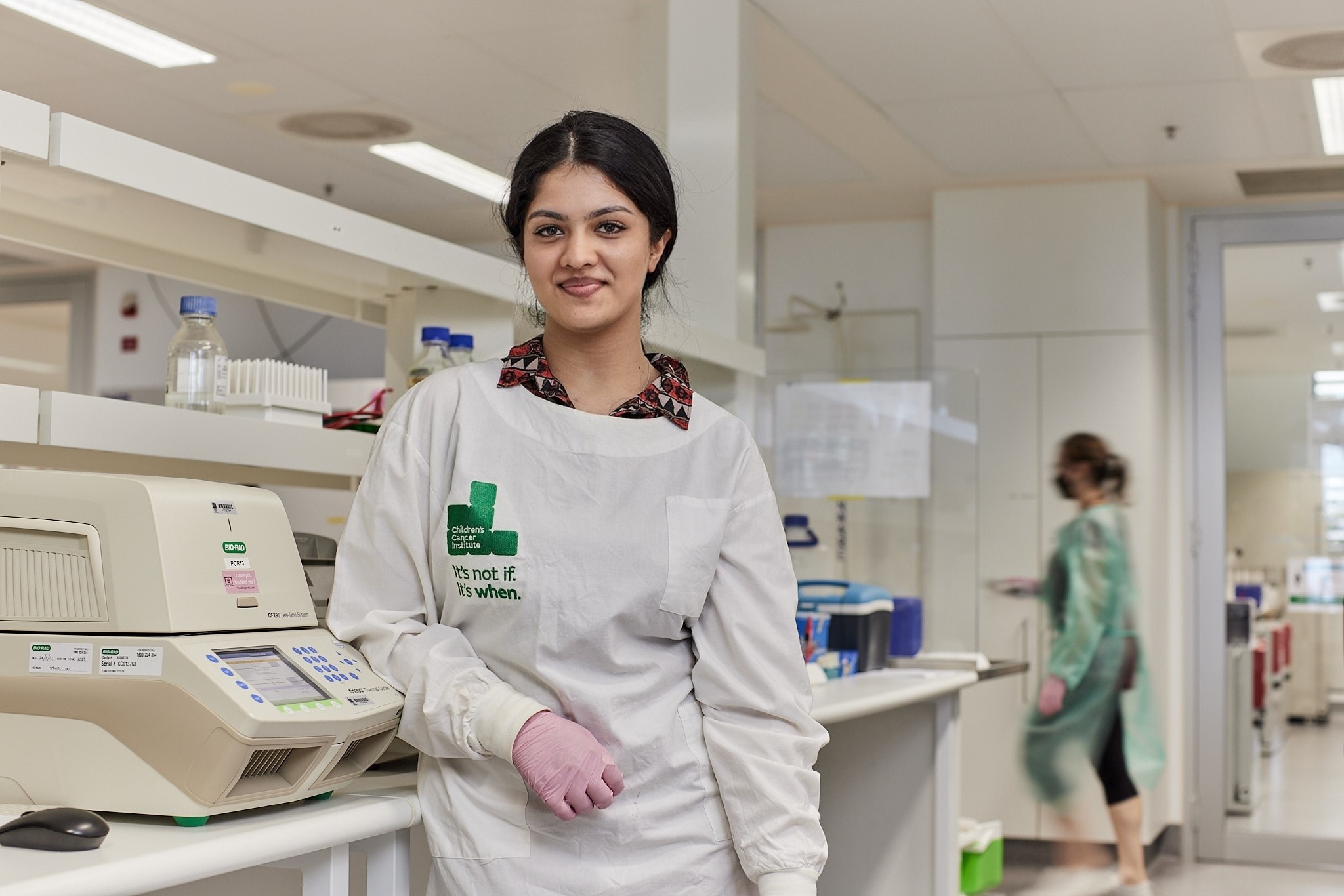
Khan a certified star on the rise

Lifting up survival rates, one telehandler at a time

Write a Book in a Day is on display!

Introducing the 2025 Write a Book in a Day Winners!

Let us rejoyce as Big Hearts for Brave Kids returns!

Exploring extended reality to ease pain for kids with cancer

20 projects for 20 years of research funding: Survivorship

Dr Karin Plummer on Caregivers Awareness Month

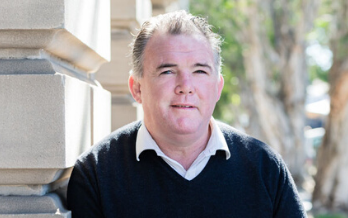.png?width=348&height=218&ext=.png)
